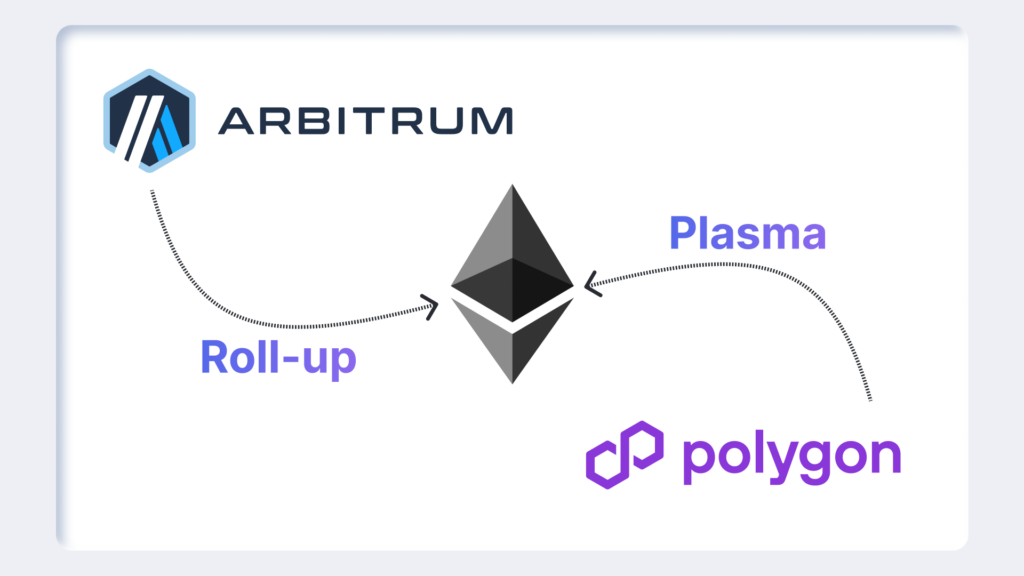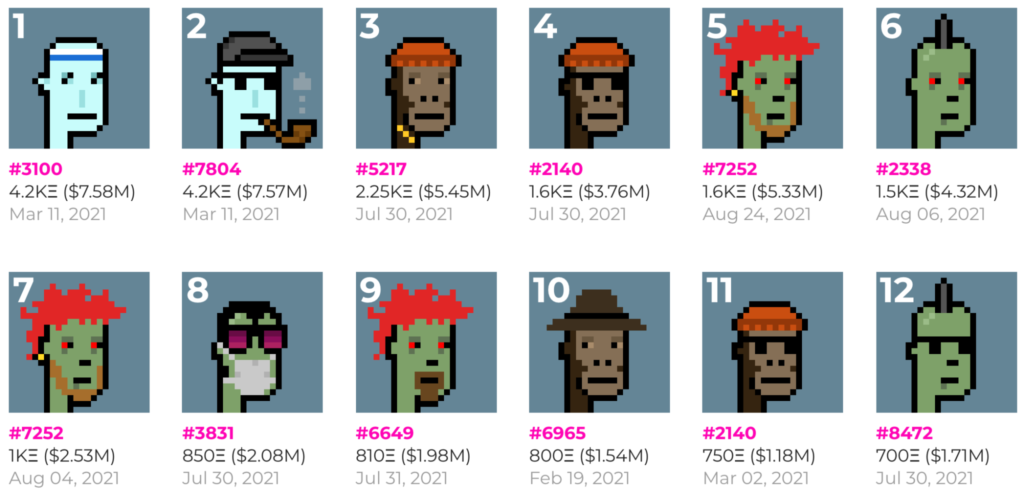Citigroup’s blue-chip research arm, the Citi Institute, has published one of the boldest outlooks yet for the fast-maturing stablecoin sector. In a 62-page report titled “Digital Dollars,” analysts model three scenarios for tokenized cash by 2030: a bearish $0.5 trillion market, a baseline $1.5 trillion landscape—and a turbo-charged $3.7 trillion if regulation and adoption align just right.
Dollar rails in a multi-polar world
The centerpiece of Citi’s thesis is the greenback. Roughly 90% of all outstanding stablecoins are already pegged to the US dollar, and the bank expects that share to rise as new regimes from Washington to Tokyo codify how issuers must hold—and report—fully reserved assets.
Under draft legislation such as the US STABLE Act and Europe’s MiCA, issuers would be required to keep most of their backing in short-dated Treasuries. Citi’s team argues this mandate could transform the token operators—Tether, Circle, PayPal and a swelling cohort of fintechs—into a meaningful new class of sovereign-bond buyers.
“Stablecoins are becoming de facto money-market funds on a blockchain,”
—Artem Korenyuk, Managing Director, Citi Institute
Citi calculates that a $3.7 trillion market could soak up $2.1 trillion in US debt, subtly reshaping global demand for risk-free collateral and reinforcing the dollar’s network effect even in an era of “friend-shoring” and fiscal fragmentation.
Catalysts on the horizon
- Regulatory clarity – Clear, passport-style stablecoin rules in the US, EU and key Asian hubs would unlock pension funds, corporates and payments giants that have thus far stayed on the sidelines.
- Treasury integrations – Tokenized T-bill protocols already allow same-day settlement for trade finance and on-chain repo; scaled issuance could shave friction from $23 trillion in annual cross-border flows.
- Government pilots – Citi highlights rising public-sector budgets for blockchain modernization, a tailwind for stablecoin-enabled tax refunds, benefit disbursements and bond auctions.
But storm clouds remain
The bank admits the path is narrow. High-profile de-pegs, opaque attestations or a systemic hack could freeze institutional enthusiasm overnight. Fraud rings exploiting dollar-backed tokens for sanctions evasion also loom large; Citi warns of a “swift regulatory snap-back” if compliance tools lag reality.
Privacy is another wildcard. “If wallet-level transparency morphs into state-level surveillance,” the report reads, “corporate treasurers may balk, and retail users could retreat to offshore alternatives.” That risk underpins the low-case $0.5 trillion projection.
Competitive co-existence
Contrary to worries about bank disintermediation, Citi envisions a cooperative model. Regulated lenders might custody reserves, distribute branded tokens or embed stablecoins in real-time gross settlement rails. Far from killing deposits, the analysts say, tokenized dollars could monetize idle balances and open new fee lines—much like credit cards did for banks in the 1970s.
If Citi’s top-line forecast proves true, stablecoins would vault from fintech curiosity to systemically relevant plumbing, rivalling the M2 supply of several mid-sized economies. Whether that future arrives hinges on policy harmony, technological resilience and, perhaps most critically, the market’s continued hunger for digitized dollars in an uncertain macro world.


